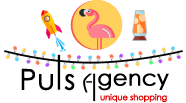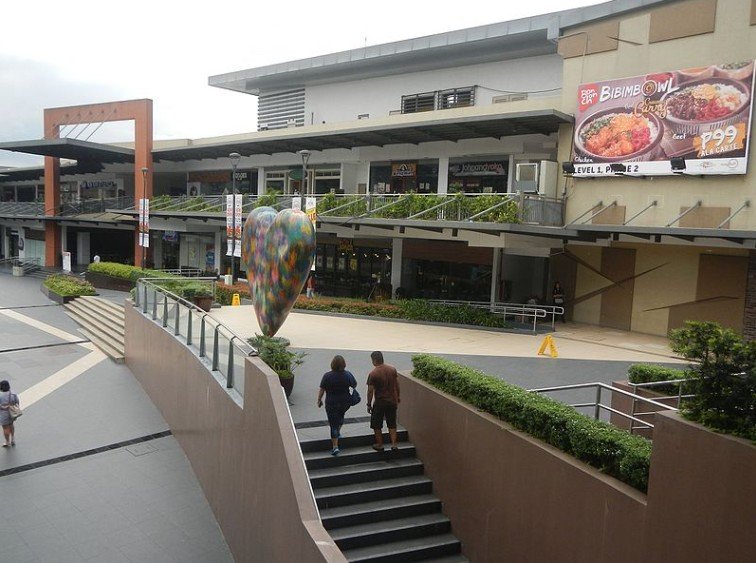Maps should be seen as more than something that presents simplistic pictures or diagrams for wayfinding. Although it is their primary function, it is just one of their purposes. In addition to assisting the user, maps offer exciting opportunities for the provider, too. Find out why the careful design of your maps is so crucial and why good design is worth the investment by reading on.
What are the purposes of maps?
A map provides two significant functions for retail developments:
- It assists customers with orientation and wayfinding to areas of interest. This minimizes stress or frustration for people who wish to focus on their shopping experience. Improved consumer experience ultimately means improved profitability.
- A map, as part of a signage and wayfinding system, plays a significant role in the branding of the retail area. It needs to be seen as an important communication tool and thus should be given careful consideration.
Retail maps that work well
Obviously, mall and retail maps need to feature key data (or store features) so they can fulfill their navigational purpose and be user-friendly.
However, a well-designed map can also illustrate any additional data the developer wishes to include, meaning that certain areas of the mall or retail development can be emphasized on the map. Intelligent design can highlight the most profitable areas and thus have a direct effect on profitability.
Maps can also help manipulate the customer’s journey around the store. This makes it possible to encourage greater footfall into less obvious areas and corners that might otherwise be bypassed by customers. Subtle mapping strategies can help keep customers in the mall or store longer or help to highlight lesser-known areas that visitors wouldn’t have necessarily come in for.
Maps as part of an excellent branding strategy
Good wayfinding and signage consultants will tell you that maps are a highly important visual communication tool. They offer a huge opportunity to communicate key branding messages to consumers.
These are some of the elements of mall wayfinding design that need to align with your existing brand strategy:
- Layout
- Typefaces
- Colors
- Font sizing
- Printing materials
The right choices of these elements help reinforce brand identity and can work to draw positive attention from the public. On the other hand, poor choices can undermine a branding strategy by looking clumsy, unpleasant and out of place. It is vital that maps and wayfinding systems are considered an integral part of a branding strategy from its conception.
For any map created for retail or commercial developments, its overall look is as important as the information on it. Here are five strategies to try for anyone looking to design the optimal map for a retail area:
1. Choose data wisely
It is very easy to overfill and clutter a map. It can feel intuitive to include as much data as possible; however, a complicated map is difficult and time-consuming to read. It’s also less likely to be pleasing to the eye. Both of these things will undermine your goals.
When deciding what data to include, you should use the following criteria:
- Be absolutely essential to the user for navigation. These might be obvious landmarks within the store so that the user can easily orientate themselves, or data that helps the user navigate key intersections.
- Be helpful to the profitability of the area (i.e., by highlighting key areas of the store you wish to direct more traffic to).
2. Place labels carefully
As already pointed out, too many labels on a map create a cluttered feel and a lot of visual “noise”. Labels will need to be correctly sized and placed on the map carefully so that the visual effect is pleasing. Beware of overlapping labels, too.
The same is true of labels that are too large. You may have problems with labels overlapping if you try to add too many.
Remember, a poorly or overly labeled map will negatively affect user experience and send the wrong message about your brand.
3. Select colors thoughtfully
Many maps use a color legend to aid readability. This is a sensible way of distinguishing areas. However, colors need to be carefully selected.
You will need to consider your brand colors and no doubt be keen to ensure your map colors are on-brand. A note of caution: Beware of using colors too similar for a map legend. This can make a map very difficult to read. If this is an issue applicable to you, try to strike a balance between good branding strategies and good mapping as best as you can. But always err on the side of readability.
Also, try not to rely too much on color legends. Around one in 12 of the male population are thought to suffer from some degree of color blindness. The most common form of color blindness affects the ability to distinguish properly between red and green and, to a lesser degree, colors that also contain these colors, such as purples and blues. This will need to be a consideration.
4. Know that inset maps can be valuable
Getting the scale of a map right can be really tricky. This is where smaller inset maps can be highly useful. They can be used to zoom in on details or zoom out for context purposes, or both. They are a really useful tool for avoiding clutter and improving readability.
5. Include only the right mapping elements
Traditionally, there a few elements that are included in maps to improve usability:
- A title
- An arrow indicating north
- The map’s scale
However, these are not always applicable or useful on a map for a retail area. It is not necessary to have north facing upwards if that has a negative effect on the look or useability of your map. You should not worry about eliminating these elements if they are not appropriate.
Finding the right way
When you are happy that your map fulfills the five design principles above, it is time to test it. The more it can be tested by volunteers unfamiliar with the area, the better. This will help you check for errors and oversights before costly manufacturing or printing begins.
Finally, consider investing in the services of professional signage and wayfinding consultants. This way, you can be assured that you have the correct balance of usable information and striking visual design within your entire wayfinding system. Any investment you make in this process will be amply rewarded by positive attention and customer satisfaction, which will result in better profits in the long run.
AUTHOR BIO
Zak Zakaria is a Waymaker at dezigntechnic in Dubai who also previously worked as the company’s Graphic Designer and Art Director. Zak is a creative with work experience in multiple multinational agencies such as JWT and Saatchi & Saatchi. Signage design is a family business, making Zak’s personal experience with signage his longest professional commitment.

